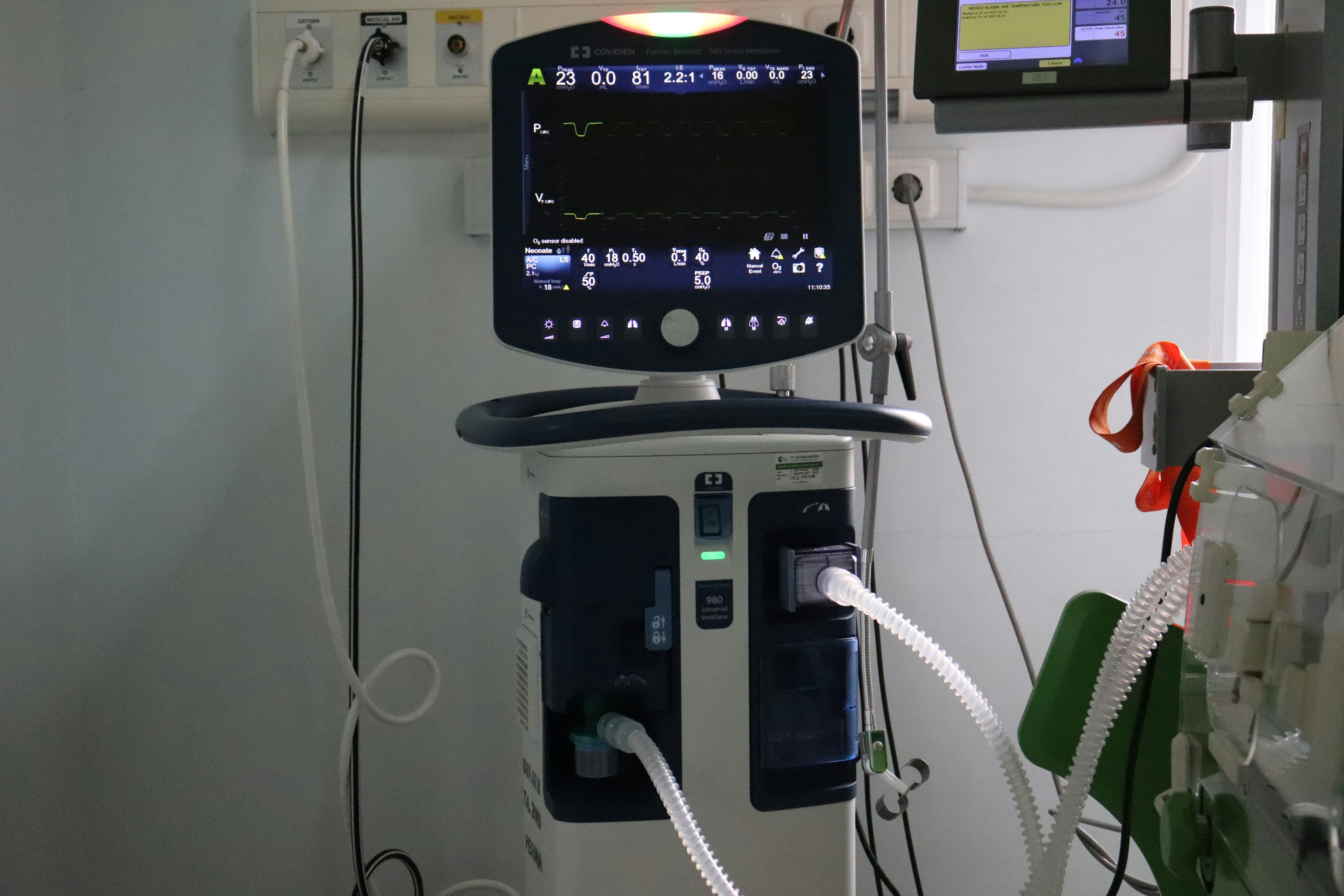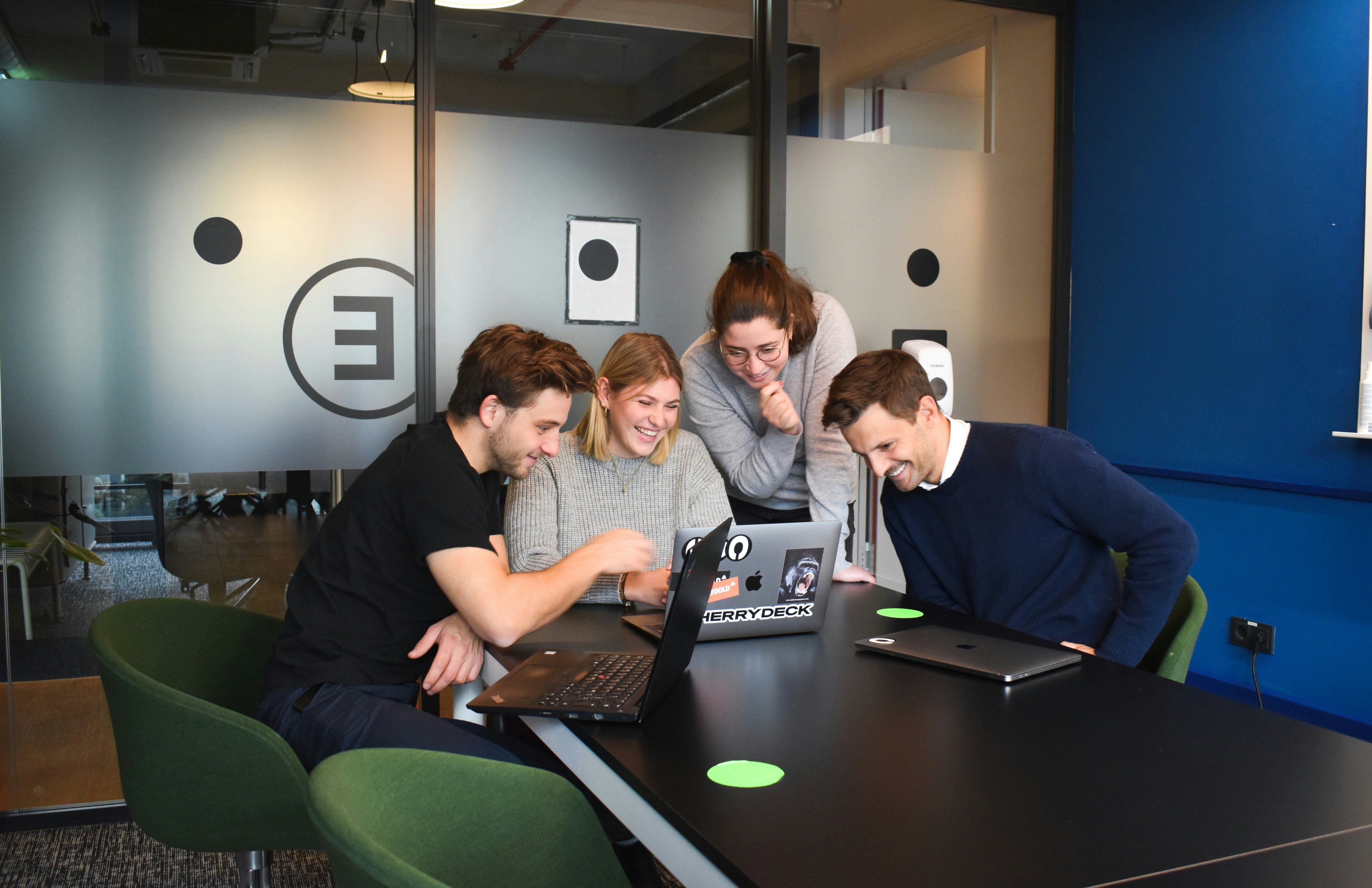Related Jobs
View all jobsEmbedded Software Engineer
Software & Electronics Engineer
Principal Engineer - Digital Health Products
Python Developer Anaconda - MedTech
Mechanical Test Engineer - Medical Devices - Cambridge
Subscribe to Future Tech Insights for the latest jobs & insights, direct to your inbox.
Industry Insights
Discover insightful articles, industry insights, expert tips, and curated resources.

Medical Technology Recruitment Trends 2025 (UK): What Job Seekers Need To Know About Today’s Hiring Process
Summary: UK medical technology hiring has shifted from title‑led CV screens to capability‑driven assessments that emphasise regulatory‑aware product delivery (QMS, ISO 13485), software lifecycle & risk (IEC 62304/14971), usability (IEC 62366), clinical & regulatory strategy (MDR/UKCA), device cyber security & privacy, and measurable patient/clinical and commercial impact. This guide explains what’s changed, what to expect in interviews & how to prepare—especially for SaMD engineers, AI/ML in medical devices, product & quality engineers, regulatory/clinical affairs specialists, validation/verification, manufacturing/operations, and digital health roles. Who this is for: Software/firmware engineers in medtech, SaMD/AI engineers, systems & verification engineers, quality & regulatory affairs (QARA), clinical evaluation/PMCF specialists, human factors engineers, medical device cyber security & privacy, test/validation, manufacturing & operations, field/service engineers, and medtech product managers in the UK.

Why Medical Technology Careers in the UK Are Becoming More Multidisciplinary
Medical technology (medtech) is transforming healthcare in the UK — from wearable sensors to AI diagnostic tools, from surgical robots to telemedicine platforms. Advances in hardware, software, data and connectivity are enabling more personalized, efficient and accessible care. But with great power comes great responsibility. As medical devices and health technologies enter hospitals, clinics and consumers’ homes, professionals in this domain must master much more than engineering and algorithms. They must also understand law, ethics, psychology, linguistics & design. That is, medtech careers are now deeply multidisciplinary. In this article, we explore why medical technology careers in the UK are becoming more multidisciplinary, how these five allied fields now intersect with medtech work, and what job-seekers and employers should do to succeed in this evolving ecosystem.

Medical Technology Team Structures Explained: Who Does What in a Modern MedTech Department
Medical technology (MedTech) spans everything from wearable health devices and surgical robots to diagnostic imaging, in-vitro diagnostics (IVD), digital therapeutics, AI-driven triage, and Class I–III medical devices. In the UK, the sector touches NHS care pathways, private providers, and global markets—with stringent expectations for safety, clinical evidence, cybersecurity, and data privacy. As ventures scale from prototype to regulated product, clear team structures become the difference between promising pilots and licensed, market-ready devices. Whether you’re hiring your first clinical specialist or applying for a role in QA/RA, this guide explains who does what in a modern MedTech department, how functions collaborate across the product lifecycle, UK-typical skill sets and salaries, common pitfalls, and best practices for building a resilient team.